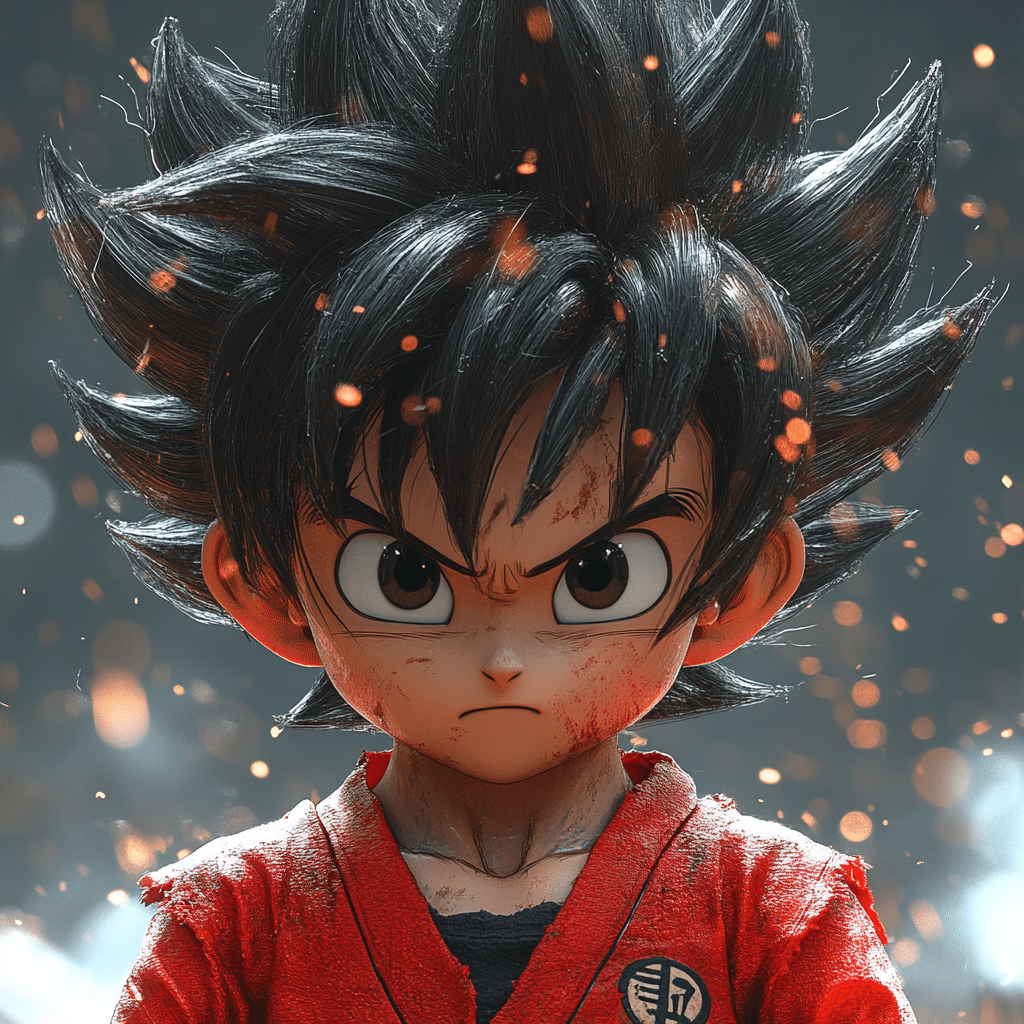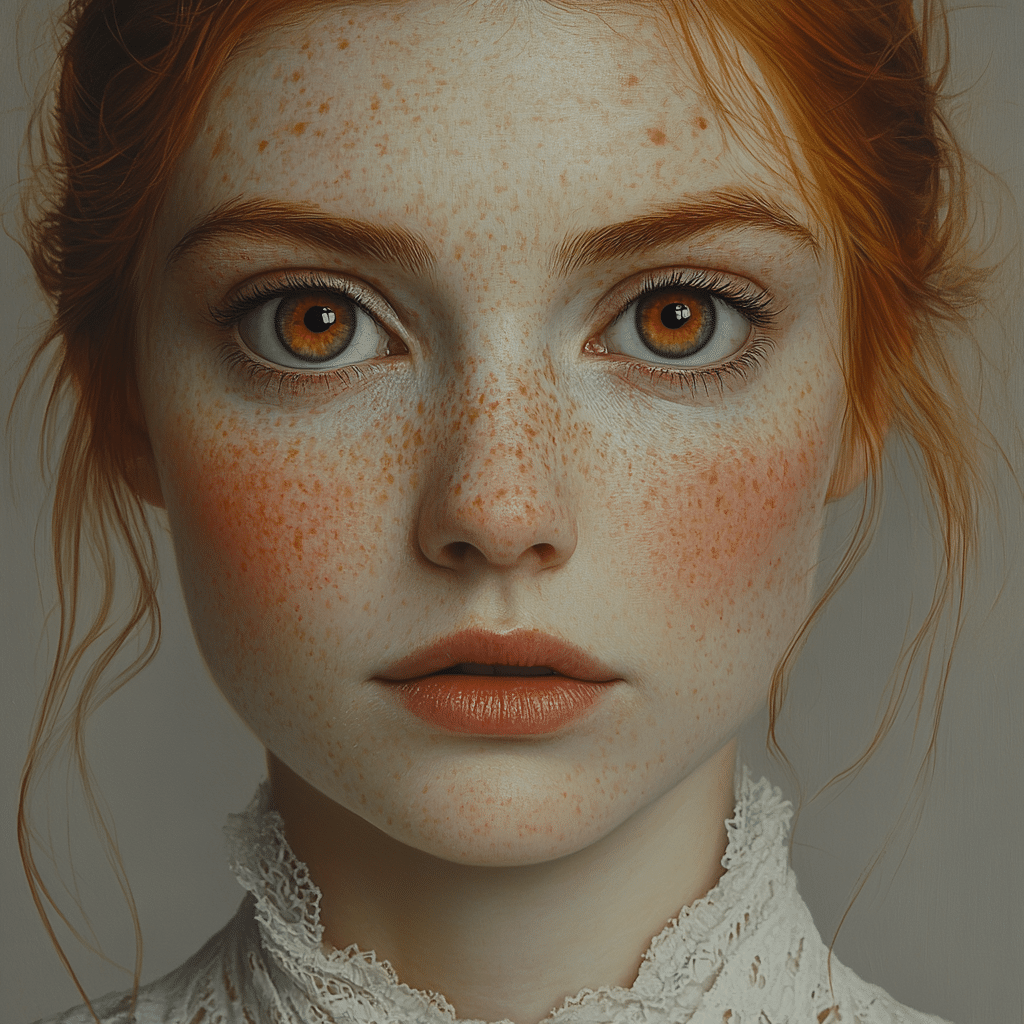Journey with us as we delve into the enchanting universe of “The Girl Who Drank the Moon,” a novel that sweeps us off our feet and into a realm where magic and mystery intertwine with human emotion. This narrative is an intricate tapestry woven with powerful themes, dynamic characters, and heartfelt messages that resonate far beyond its pages, making it a beacon of modern literature for both young and old.
The Girl Who Drank the Moon: A Dive into Fantasy Worlds
Kelly Barnhill’s acclaimed novel, “The Girl Who Drank the Moon,” has captivated readers with its rich storytelling and imaginative world-building. This isn’t just any story; it’s an odyssey through a world as vivid and compelling as any other in high fantasy lore. Nestled in the traditions of the genre, the novel presents a cosmos where every year, the fearful citizens of the Protectorate offer a baby to the forest witch, hoping to appease her.
But let’s be clear: this is no ordinary witch. Xan, compassionate and gentle, rescues the abandoned children, delivering them to welcoming families on the other side of the forest. The twist unfolds as she accidentally feeds one child, Luna, moonlight instead of starlight, imbuing the girl with extraordinary magic. The groundwork of this fantasy sphere is as thoughtfully constructed as the pieces of a chessboard, waiting for a master’s touch to come alive.
The Girl Who Drank the Moon (Winner of the Newbery Medal)

$7.74
“The Girl Who Drank the Moon” is an enthralling fantasy novel by Kelly Barnhill that has captured the hearts of readers, earning the prestigious Newbery Medal for its contribution to children’s literature. This compelling tale weaves a rich tapestry of magic, mystery, and bravery, centered around a young girl named Luna, who is inadvertently imbued with extraordinary magical powers after consuming moonlight. The novel sets a unique tone that is both whimsical and poignant, as readers are drawn into a world where witches, tiny dragons, and swamp monsters coexist in an uneasy balance with humanity.
Set in the Protectorate, a somber town entangled in tradition and fear, the story unfolds as every year, the youngest child is sacrificed to an alleged witch to ensure the town’s safety. Unbeknownst to the townspeople, the witch, named Xan, is kind-hearted and saves the abandoned children, delivering them to welcoming families on the other side of the forest. However, when Xan accidentally feeds baby Luna moonlight instead of starlight, she decides to raise the child herself, realizing that the burgeoning magic within Luna must be contained until she can control it.
Barnhill masterfully crafts a narrative that tackles themes of love, loss, and the quest for knowledge, as Luna grows and yearns to unravel the mysteries of her past. Within the novel, each character’s story is beautifully interlaced, driving toward a climax that challenges the status quo of the Protectorate and the characters’ understanding of their own identities. “The Girl Who Drank the Moon” is not only a remarkable story of a young girl’s journey into the depths of her own power but also a testament to the strength of familial bonds, whether bound by blood or by love.
Literary Alchemy: Deconstructing Themes in The Girl Who Drank the Moon
This tale delves deep, unafraid to explore the profound sea of motifs such as sorrow, judgment, family, and love. Like the best of symphonies, it doesn’t shy away from its crescendos or its diminuendos, articulating the human condition through the guise of the fantastical.
In these pages, the yarn that’s spun isn’t just about Luna’s chaotic magic or Xan’s waning strength. It’s a meditation on what we do when the melancholy of life sings in our veins. It’s a reflection on how we see those we don’t understand, and above all, it’s a testament to the power and complexity of love within the makeshift family Luna comes to know.
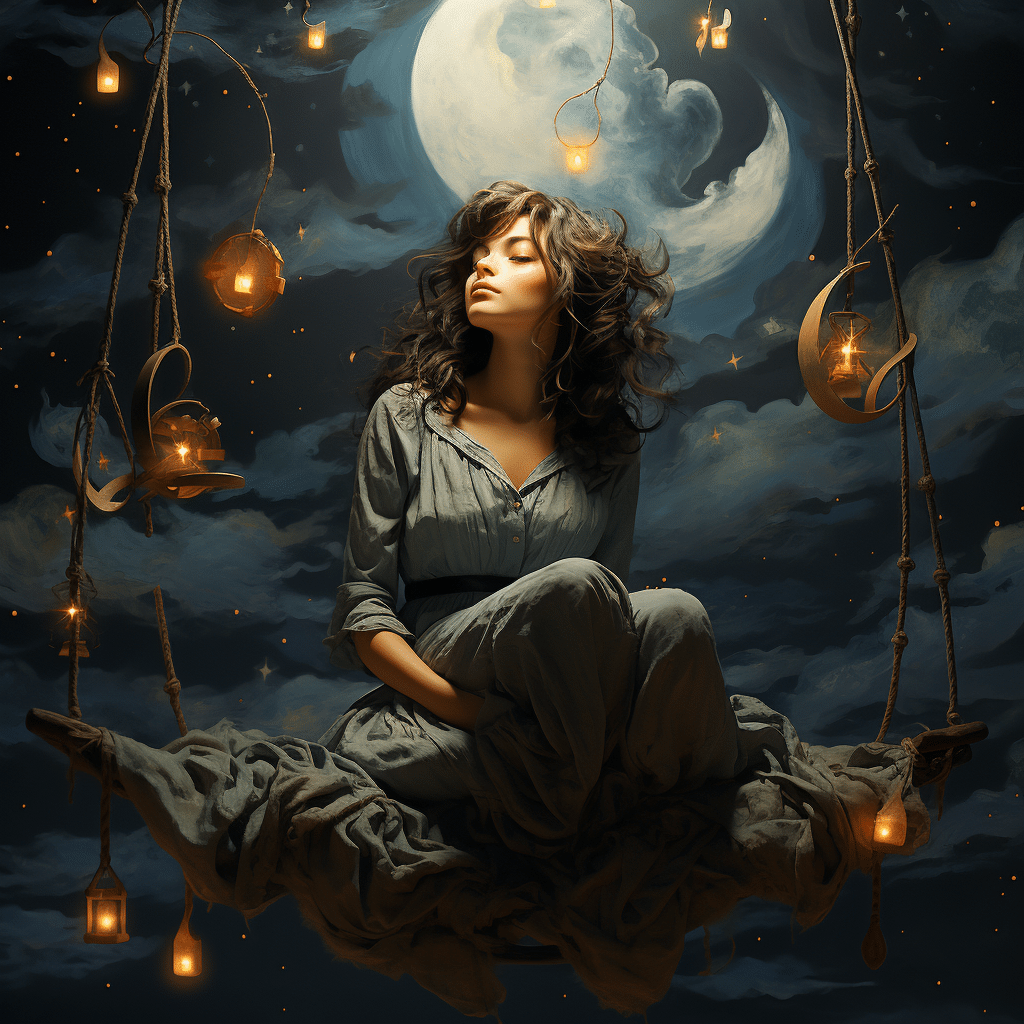
| Aspect | Details |
|---|---|
| Title | The Girl Who Drank the Moon |
| Author | Kelly Barnhill |
| Genre | Fantasy, Fiction (Magical stories for ages 9-12) |
| Publication Date | August 9, 2016 |
| Plot Overview | A young girl named Luna is accidentally enmagicked as a baby when fed moonlight by the witch Xan. Every year, a baby is left in the forest as a sacrifice by the people of the Protectorate, but the witch, who is kind and gentle, rescues the infants and finds them new homes. Luna’s absorption of magic leads to unexpected consequences for her and those around her. |
| Themes | – Coping with sorrow |
| – Prejudice and misunderstandings | |
| – The true meaning of family and love | |
| Key Conflict | Luna’s uncontrollable magic causes chaos; Xan’s waning powers due to the magical transfer to Luna. |
| Setting | A fantastical world with a forest governed by a gentle witch, Xan, and the sorrowful town of the Protectorate that fears her. |
| Target Audience | Middle grade readers (ages 9-12) |
| Grade Level | 5th grade reading level |
| Critical Reception | Positive; winner of the 2017 Newbery Medal |
| Main Characters | – Luna: The titular character who drank the moon’s magic. |
| – Xan: The kind witch who raises Luna. | |
| – Antain: A young man from the Protectorate who questions the tradition of sacrifice. | |
| Moral | The story emphasizes the importance of questioning tradition, understanding others beyond their apparent roles, the power of love and connection in overcoming grief, and learning to harness one’s own abilities for the greater good. |
| Price (as book) | Varies by retailer; typically $8-$17 for paperback, slightly higher for hardcover. E-book and audio book versions may differ in price. |
| Availability | Online retailers, bookstores, libraries, and available in audiobook and e-book formats. |
Character Arcs and Development: Crafting Compelling Personalities
Central to our exploration is Luna herself, whose transformation from an innate magical being to a young woman of incredible power mirrors the confusion and beauty of growth. Luna’s narrative is a rite of passage, laden with both shadows and light.
Characters like the fiercely protective Xan, the tragically hopeful Antain, and the enigmatic Glerk serve as the gravitational forces around which Luna orbits. Each character is a mosaic piece, essential and irreplaceable, offering contrasting perspectives on the central events, challenging us to understand their drives and their demons.
Practical Magic
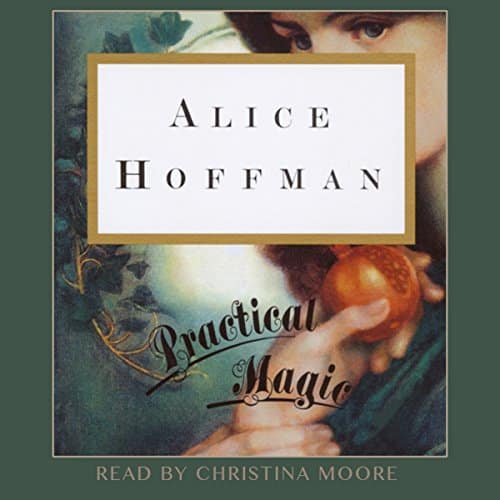
$17.99
“Practical Magic” is an enchanting line of products designed for the modern individual who seeks to infuse a touch of whimsy and wellbeing into their daily life. Our flagship offering consists of a beautifully crafted, hardcover journal embossed with iridescent patterns that evoke a sense of the mystical. The pages within are lined with inspirational quotes and space for reflection, making it the perfect companion for recording thoughts, dreams, and personal spells for success and happiness.
To complement the journal, “Practical Magic” includes a custom set of essential oils, each blend carefully concocted with natural ingredients and imbued with intentions such as clarity, peace, and energy. Their soothing scents are perfect for meditation, relaxation, or simply elevating the ambiance of a living space. Packaged in elegantly designed bottles, these oils serve as a reminder that self-care can be both simple and luxurious.
Rounding out the “Practical Magic” collection is a curated selection of hand-poured candles, harnessing the elemental power of fire to illuminate intentions and create a serene environment. With crackling wooden wicks and a long-lasting burn, each candle is a mini ritual in itself, available in scents that correspond to various desires like love, prosperity, and protection. Whether used individually or together as a set, the “Practical Magic” products are crafted to harmonize with any lifestyle, offering a gateway to everyday magic.
The Moonlit Metaphors: Symbolism within the Pages
Barnhill’s story revels in the use of symbolism, with moonlight as an almost mystic medium, representing purity, transformation, and the unseen depths of power. The Volcano, silent and ever-present, serves as a symbol of smoldering discontent and unspoken truths. On reading, one finds these symbols don’t just add color to the narrative; they are the bones upon which the body of the story is built.
Symbols in “The Girl Who Drank the Moon” become the threads that pull us deeper into a fabric so vividly woven that the reader feels it tangible against their fingertips, the tales’ themes shining through the threads, evident and enchanting.
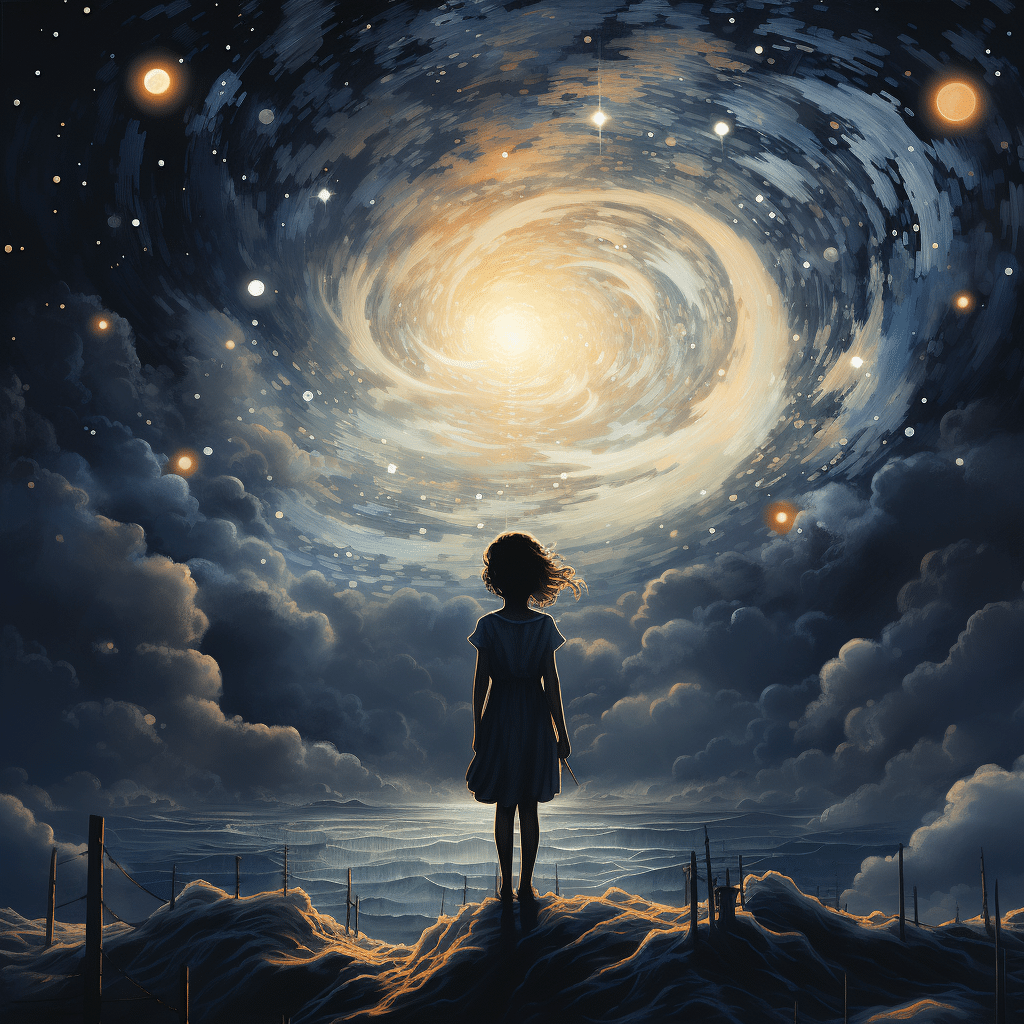
Magic Systems and World Rules: The Brilliance of Logic Within Fantasy
The elegance of Barnhill’s fantasy universe lies in the internal consistency of its magic. Rather than arbitrary whimsy, her world operates under a set of rules that both propel and constrain the narrative.
The balance of magic is precarious, with Luna’s unmastered abilities unsettling the equilibrium and Xan’s own essence diminishing. The logic here does more than explain the workings of the arcane; it becomes a pulsing, breathing part of the tale, allowing readers to invest fully in the stakes at play.
Beyond the Bright Sea

$8.86
Beyond the Bright Sea is a captivating novel that transports readers to the windswept shores of a secluded island, where the mysteries of the past are deeply intertwined with the present. The story follows the journey of Crow, a young girl who was just a baby when she washed ashore in a small boat, and since then has been raised by a man named Osh and his solitary neighbor, Miss Maggie. Crow’s quest for self-discovery begins as she seeks to unravel the secrets of her origins, drawing her into a tale filled with intrigue, adventure, and the longing for family and belonging.
Set against the backdrop of the Outer Banks in the 1920s, the narrative weaves a rich tapestry of history and nature, bringing to life the stark beauty of the coastal environment and the communities that find sustenance from the sea. The author’s lyrical prose engulfs readers, immersing them in a world where the line between folklore and reality blurs, creating a sense of wonder that carries through every page. Through her experiences, Crow confronts age-old questions of identity and connection, as she uncovers hidden treasures and histories better left in the deep, proving that sometimes the most profound discoveries lie just beyond what we can see.
Beyond the Bright Sea is more than a simple tale of growth and discovery; it is a heartfelt exploration of the persistent human desire to find our place in the world. The novel serving as a beacon, guiding readers through its narrative currents with poise and grace. Crow’s character beautifully embodies the resilience and tenacity of the human spirit, while her story champions the importance of forging connections with others. This book is an evocative journey, inviting readers to gaze beyond the horizon and contemplate the bright sea of their own lives, their histories, and the uncharted waters of their futures.
The Girl Who Drank the Moon: A Critical Reception and Cultural Impact
On its release, “The Girl Who Drank the Moon” gave the literary community much to praise, with reviewers lauding its seamless blend of fantasy and poignancy. It has left an indelible mark on contemporary fantasy, serving as a beacon for qualities of depth and imagination seldom matched.
This goes beyond the confines of a book; it reaches into the hearts of its readers—be they children making their first foray into a larger literary world, or adults reminiscing on the innocence of bygone days.

From Page to Screen: Potential for Adaptation to Visual Media
The adaptation of such a richly detailed story to the big screen or a streaming series invites a surfeit of visual opulence likely to dazzle audiences. Yet, it poses the challenge of retaining the novel’s delicate emotional notes amidst the grandeur of visual effects.
Were “The Girl Who Drank the Moon” to be translated into the language of cinema, the journey from script to storyboard to screen would be a tightrope walk of preserving narrative integrity while splashing the rich hues of its universe across the visual canvas.
Embracing Complexity: Unpacking Narratives within The Girl Who Drank the Moon
The novel doesn’t just captivate with a singular narrative but compels with its multiple storylines, weaving them together in a climax that is as unexpected as it is fitting. The pacing of the tale crackles with energy, yet knows when to pause for breath—a testament to Barnhill’s skilled hand at narrative structure.
This isn’t a book that spills its secrets all at once. It requires the reader to peel back layers, to connect threads, and to ultimately see a picture larger and more intricate than the sum of its parts.
A New Generation’s Classic: The Girl Who Drank the Moon’s Place in Modern Literature
In the pantheon of fantasy literature, “The Girl Who Drank the Moon” takes its rightful place alongside the likes of Tolkien and Le Guin. With its potent themes and innovative perspectives, it’s a novel that doesn’t rest on the laurels of its predecessors but seeks to carve out its own space in the annals of the genre.
Its ability to resonate with today’s societal issues—where misunderstanding can lead to discord, and love can be a guiding force—cements its relevance and its role as a touchstone for discussions around empathy, acceptance, and the human condition.
Conclusion: Reflecting on the Intricacies of Enchantment
In “The Girl Who Drank the Moon,” we find a masterclass in the art of storytelling—a novel that marries elegance with a raw emotional core that thumps with a steady, purposeful beat. It’s a tale that’s both rooted in the earth and draped in the stars, a perfect harmony of the whimsical and the profound.
What’s undeniable is that the book leaves its imprint—a lunar shadow, if you will—on the heart and the mind, reminding us why we turn to stories in the first place: to find truths in the impossible, to find light in the darkness, and eventually, to find our way back home. This enchanting story asks us to believe in magic, not as a simple trick of light, but as the very fabric of life’s tapestry, ever present and ever mysterious.
Unveiling the Magic: The Girl Who Drank the Moon Trivia and Facts
Delve into the enchanting world of “The Girl Who Drank the Moon,” where magic sips through the pages and sparks the imagination. As you embark on this trivia-laden journey, let’s unearth some spellbinding facts about this mystical tale. Hold onto your brooms; we’re about to lift the veil on exciting lore!
The Waxing Crescent of Hidden Meanings
Ever felt a song resonating within the plot of a book? Fans of “The Girl Who Drank the Moon” often draw parallels between the book’s themes and Taylor Swift ‘s poetic Verses in Speak Now. It’s almost as if the lyrics cast a shadow over the story, mirroring the hidden messages waiting to be discovered by the keenest of readers.
A Story Stitched with Starlight
Did you know, just like the patchwork of tales within “The Girl Who Drank the Moon,” the cast Of Life in Pieces weaves together a family’s story, one hilarious snippet at a time? Both the novel and the show celebrate the sometimes-messy, always-beautiful constellation that is family life, just without the actual magic potions. Well, unless you count laughter as a magical brew!
Moonlight Melodies
Here’s a fascinating little snippet: many have tried to guess The right Taylor swift song that mirrors their life, just as the characters in “The Girl Who Drank the Moon” search for their paths in the whispered guidance of an enchanted forest. Whether it’s musing over “Red” or pondering over what “enchanted” means, Taylor’s lyrics and the novel’s narrative have a mysterious way of reflecting each other ‘s redolent Lyrics.
The Enigma of Time
Mark your calendars—some say that just by reading the novel on March 14th, you might glimpse the witching hour when magical energy peaks. Is it an old wives’ tale, or is there a shard of magic in the alignment of the stars on this particular day? Who’s to say? But wouldn’t it be fun to test the theory?
Bewitching Beats
You know how a tune can stick in your head, casting its rhythmical spell? When venturing through the lyrical fores, you might feel the echo of J. Cole ‘s beats pulsing through the ethereal undercurrent of our moonlit tale. The novel doesn’t rap, but if it did, J. Cole’s thoughtful prose would make an excellent duet partner.
Mysterious Mixtures
Fun fact: if the witch in “The Girl Who Drank the Moon” could whip up a potion to address mental wellness, she might consider the recently FDA-approved Auvelity—although( her version would probably include a dash of moonlight and a sprinkle of star dust. Mental health is no game of quidditch, but the novel does remind us that the mind is a powerful cauldron worth tending.
A Podcast of Potions
And lastly, if the characters from our beloved novel ever wanted an out-of-this-world discussion on current events, theories, or life’s mysteries, tuning into an Andrew Tate podcast might just be their cup of tea (or should I say, goblet of magic brew?). Imagine the witch’s animated chatter as she muses on the complexities of life—boy, that would be an episode to remember!
There you have it, folks—snippets and sneaky secrets from “The Girl Who Drank the Moon.” Who knew that a single book could conjure up connections across such an array of platforms, linking melodies, moods, and moon phases in a web of enchanting trivia? Keep your eyes peeled and your wits about you; magic hides in the most unexpected of places.
What age is The Girl Who Drank the Moon appropriate for?
Whoa, buddy! “The Girl Who Drank the Moon” is best suited for kids aged 10 and up. We’re talking about complex themes that might fly over the heads of the little tykes, but they’re a sweet spot for tweens who dig a good yarn.
What is the moral of the story The Girl Who Drank the Moon?
Alright, here’s the scoop: “The Girl Who Drank the Moon” packs a punch with its moral – it’s all about the power of love and the importance of questioning authority. So, folks, don’t just swallow what you’re told—you gotta chew on it first!
What is the main problem in The Girl Who Drank the Moon?
The main problem stirrin’ up a storm in “The Girl Who Drank the Moon” is a tragic misunderstanding. The people of the Protectorate are sacrificing babies, all because they’re hoodwinked by a bunch of big bads who are pulling the wool over their eyes. Talk about a pickle!
What grade level is The Girl Who Drank the Moon?
For “The Girl Who Drank the Moon,” we’re talking a 4th to 6th grade reading level. It’s the sweet spot, you know—right when kids are ready to tackle something meatier than a picture book but not quite ready to jump into the deep end of classic literature.
Can a 11 year old read The Girl Who Drank the Moon?
Can an 11-year-old cozy up with “The Girl Who Drank the Moon”? You betcha! This gem is just what the doctor ordered for kids craving a fantastical tale with a dash of brain food.
Why is The Girl Who Drank the Moon a good book?
Why is “The Girl Who Drank the Moon” a good book? Oh, let me count the ways! We’ve got magic, adventure, and characters that’ll stick with ya long after the last page. Not to mention, it’s a love letter to storytelling itself—just the thing to get those pages turning!
What happened in chapter 33 of The Girl Who Drank the Moon?
In chapter 33 of “The Girl Who Drank the Moon,” grab your tissues because things go sideways. There’s a showdown between love and sorrow, and let’s just say the feels hit you like a ton of bricks.
What happened in chapter 32 of The Girl Who Drank the Moon?
Chapter 32 of “The Girl Who Drank the Moon”? Oh, hold onto your hats! It’s all about a heart-wrenching revelation that’ll leave jaws on the floor and eyes wide as saucers. At this point, you’re buckle up, the ride’s taking a twist!
What happened in chapter 14 in The Girl Who Drank the Moon?
Roll up your sleeves for chapter 14 of “The Girl Who Drank the Moon,” ’cause we’re diving into the nitty-gritty of Luna’s magic. It’s a real eye-opener, where everything starts clicking into place, and not a moment too soon!
What happened after Xan died in The Girl Who Drank the Moon?
After Xan kicks the bucket in “The Girl Who Drank the Moon,” it’s like a gut punch to the ol’ emotions. The torch is passed, and Luna’s gotta step up big time, all while the feels will have you reaching for the nearest box of tissues. Brace yourselves!
What happened in chapter 34 of The Girl Who Drank the Moon?
In chapter 34 of “The Girl Who Drank the Moon,” brace for impact, ’cause everything we’ve been holding our breath for comes to a head. The action’s cranked to 11, and the fate of… well, I ain’t spoiling it. You’ve gotta read it to believe it!
What happens to Xan at the end of The Girl Who Drank the Moon?
Xan’s finale in “The Girl Who Drank the Moon” is the kind of bittersweet that sticks to your ribs. It’s all about sacrifice, love, and the circle of life—pretty heavy stuff that’ll leave you pondering days after closing the book.
Can a 13 year old read The Girl Who Drank the Moon?
Is “The Girl Who Drank the Moon” on a 13-year-old’s reading list? Absolutely! Teens are gonna dig the deeper themes and the emotional roller coaster. It’s more than just a spell-binding story; it’s a brain tickler, too.
How old is Xan in The Girl Who Drank the Moon?
Xan in “The Girl Who Drank the Moon” has got more rings than a sturdy oak—she’s ancient, wise, and shrouded in mystery, which just adds to her charm. Age ain’t nothing but a number, but her number’s high enough to command some serious respect.
What is Luna’s moms name in The Girl Who Drank the Moon?
Luna’s mom in “The Girl Who Drank the Moon”? That’s Antain’s missus, the one and only Glerk—no, wait, hold up, that’s the swamp monster. Luna’s real-deal mom is called Adara, much less swampy and a whole lot more mysterious.












